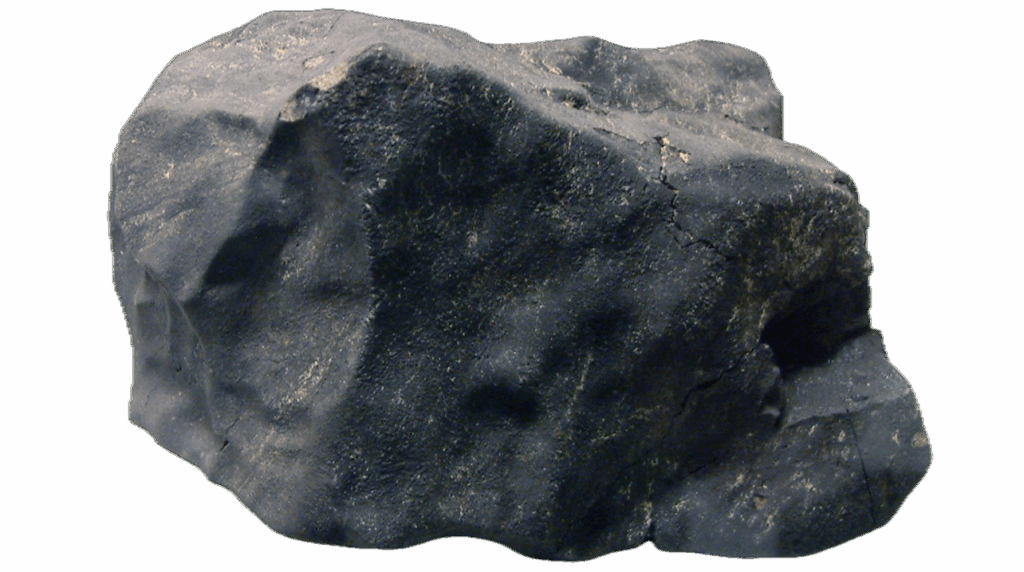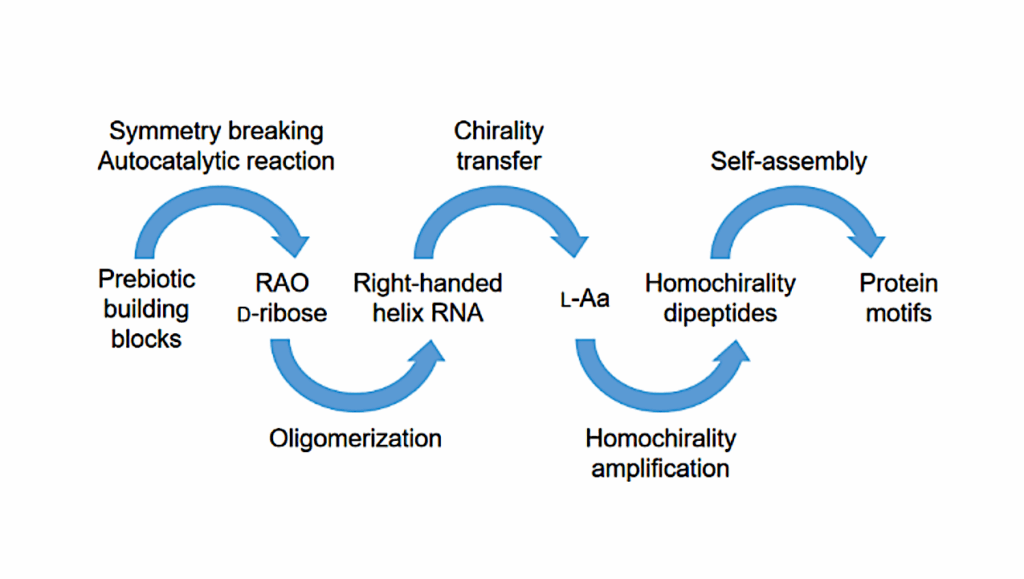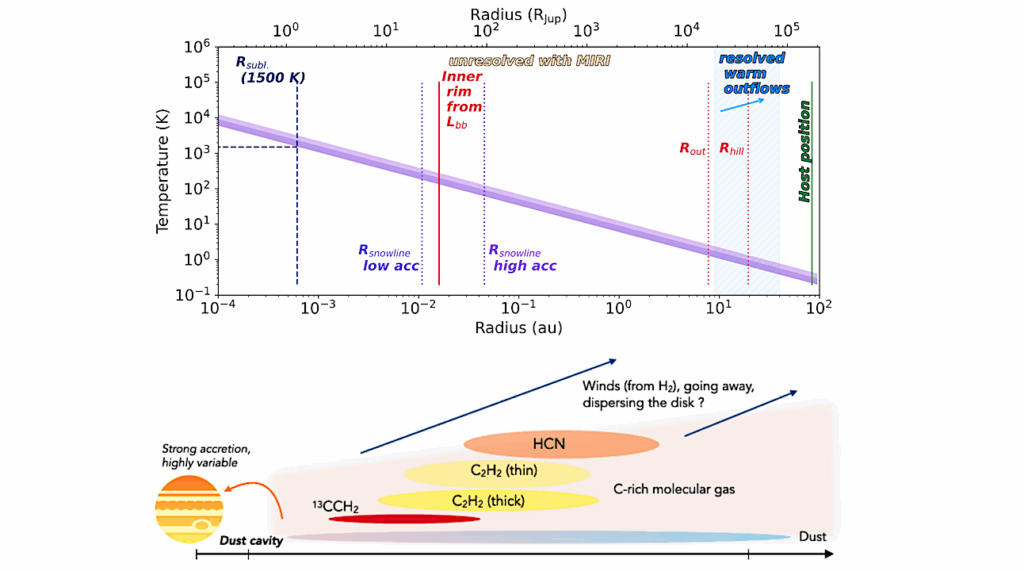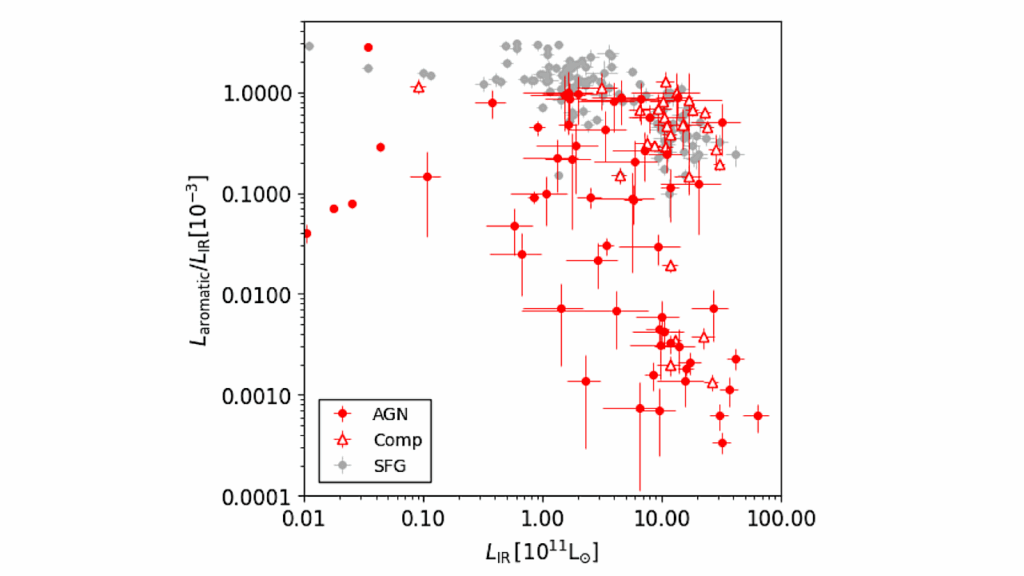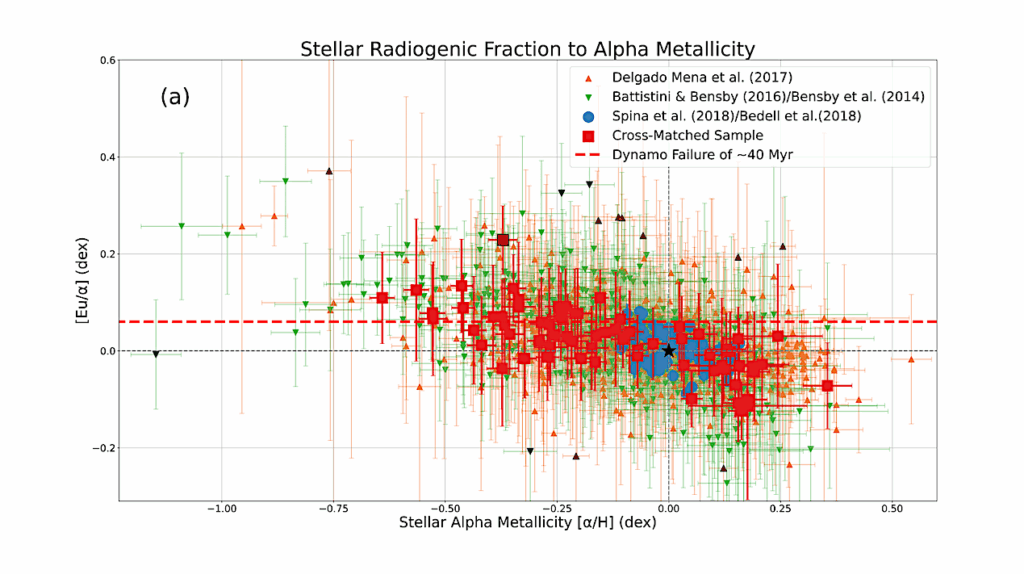Detectable Abundance of Cyanoacetylene (HC3N) Predicted on Reduced Nitrogen-Rich Super-Earth Atmospheres

We predict that cyanoacetylene (HC3N) is produced photochemically in the atmosphere of GJ 1132 b in abundances detectable by the James Webb Space Telescope (JWST), assuming that the atmosphere is as described by Swain et al. (2021).
First, we construct line list and cross-sections for HC3N. Then we apply these cross-sections and the model atmosphere of Swain et al. (2021) to a radiative transfer model in order to simulate the transmission spectrum of GJ 1132 b as it would be seen by JWST, accounting for the uncertainty in the retrieved abundances.
We predict that cyanoacetylene features at various wavelengths, with a clear lone feature at 4.5 μm, observable by JWST after four transits. This feature persists within the 1−σ uncertainty of the retrieved abundances of HCN and CH4.
Paul B. Rimmer, Liton Majumdar, Akshay Priyadarshi, Sam Wright, S. N. Yurchenko
Comments: 10 pages, 5 figures, submitted to ApJL, comments welcome
Subjects: Earth and Planetary Astrophysics (astro-ph.EP); Chemical Physics (physics.chem-ph)
Cite as: arXiv:2107.13097 [astro-ph.EP] (or arXiv:2107.13097v1 [astro-ph.EP] for this version)
Submission history
From: Paul B. Rimmer
[v1] Tue, 27 Jul 2021 22:35:22 UTC (2,576 KB)
https://arxiv.org/abs/2107.13097
Astrobiology


